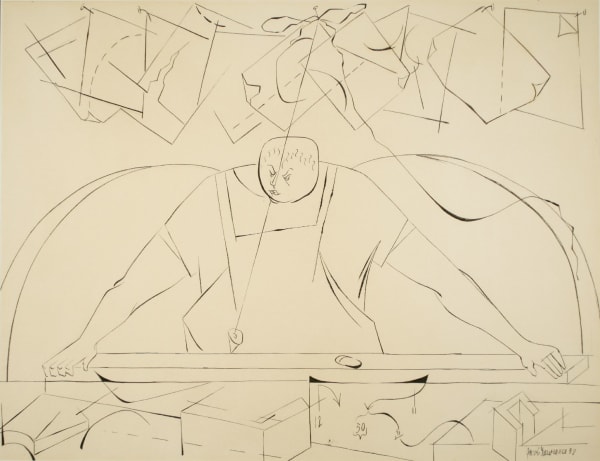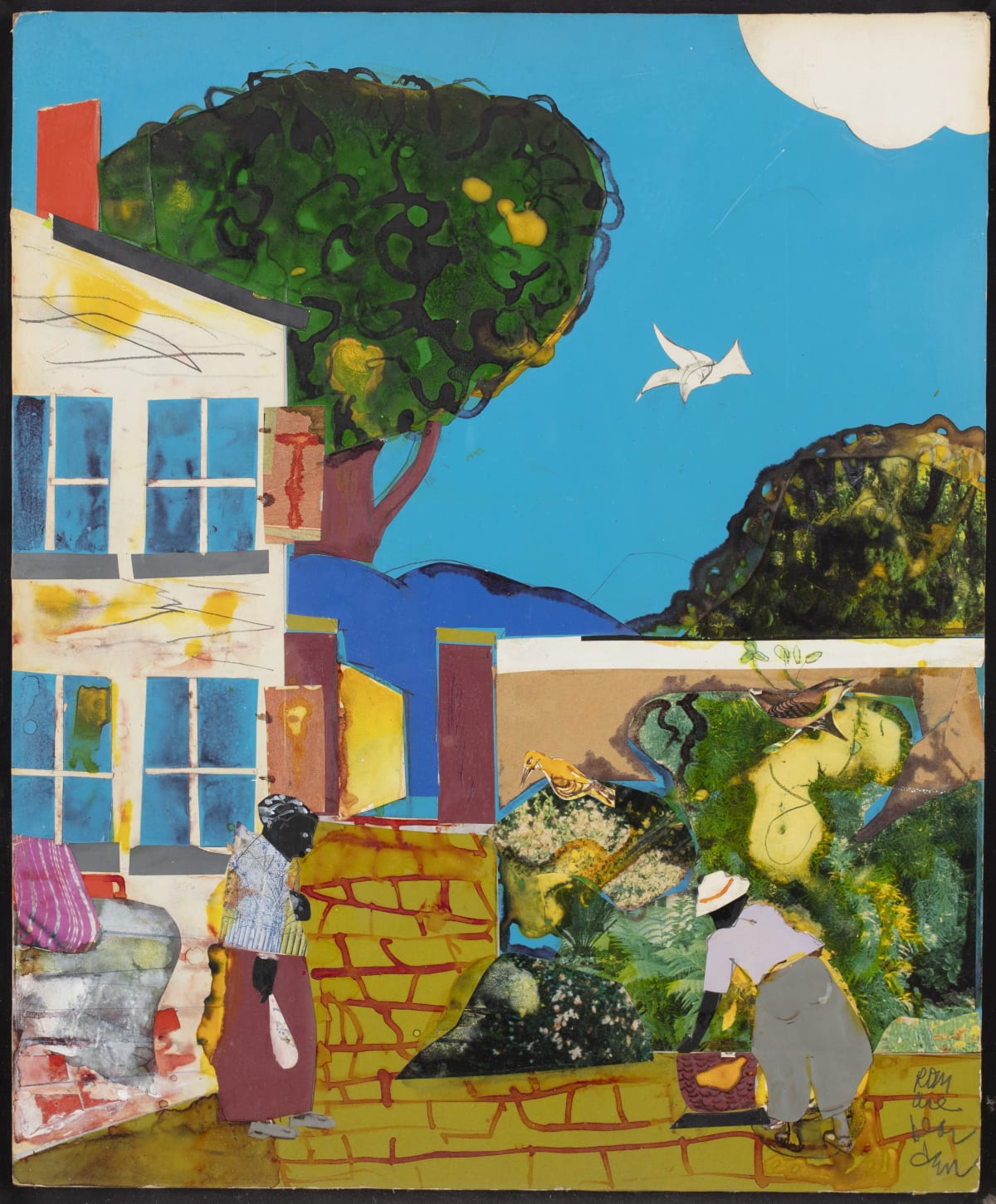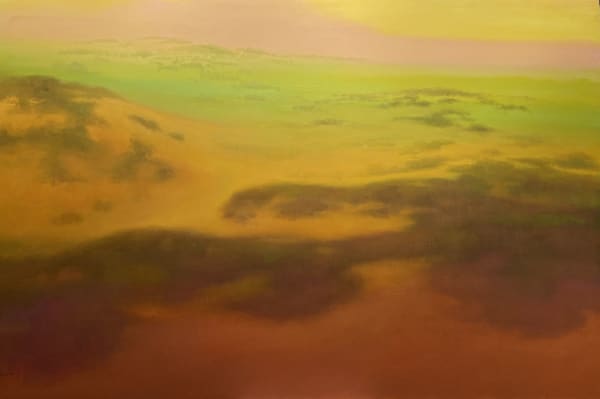Jacob Lawrence
Jacob Lawrence (1917-2000), born in Atlantic City, New Jersey, is among the most celebrated African American painters of the 20th century. Lawrence, an impassioned storyteller known for his narratives of African American history and historical figures, chronicles the African American experience.
In 1937 Lawrence studied at Harlem Art Workshop in New York in 1937 which provided crucial training for the majority of Black artists in the United States. Lawrence was one of the first artists trained in and by the African-American community in Harlem.
At the age of 23 he gained national recognition with his 60-panel The Migration Series, which depicted the Great Migration of African Americans from the rural South to the urban North. The series was purchased jointly by the Phillips Collection in Washington, D.C., and the Museum of Modern Art in New York.
A major retrospective exhibition of Lawrence's work, planned before his death, opened at the Phillips Collection in Washington, DC in May 2001 and travelled to the Whitney Museum of American Art in New York; the Detroit Institute of Fine Arts in Michigan; the Los Angeles County Museum of Art and the Museum of Fine Arts, Houston.
Lawrence's works are in the permanent collections of numerous museums, including the Philadelphia Museum of Art, the Whitney Museum, Metropolitan Museum of Art, the Brooklyn Museum, Reynolda House Museum of American Art, and the Museum of Northwest Art.
His 1947 painting The Builders hangs in the White House and his last commissioned public work, the mosaic mural New York in Transit was installed in the Times Square subway station in New York City.
-

Summer in the City
May 11 - Jul 26, 2024Summer in the City is a multimedia exhibition featuring works spanning over a century by an intergenerational collection of artists who have depicted New York City over the years.Read more
From Saul Chase’s serigraphs of subway architecture to Edmund Yaghjian’s lyrical oil paintings of city views, the group exhibition captures the wide range of daily urban rhythms and architectural landmarks central to the New York City experience. The diverse range of artistic mediums and approaches presented in the show–etchings, paintings, serigraphs, pastel works, and more–demonstrates the rich artistic legacy of the urban center and its dynamic role in both shaping and being shaped by public imagination and popular culture over the decades. -

A Black Perspective
Jan 8 - Jul 30, 2021Read more -

On Such a Night as This: A Celebration of African American Art
Nov 10, 2016 - Jan 28, 2017Read more -

Social Art in America
Then and Now May 6 - Jun 27, 2014Read more











